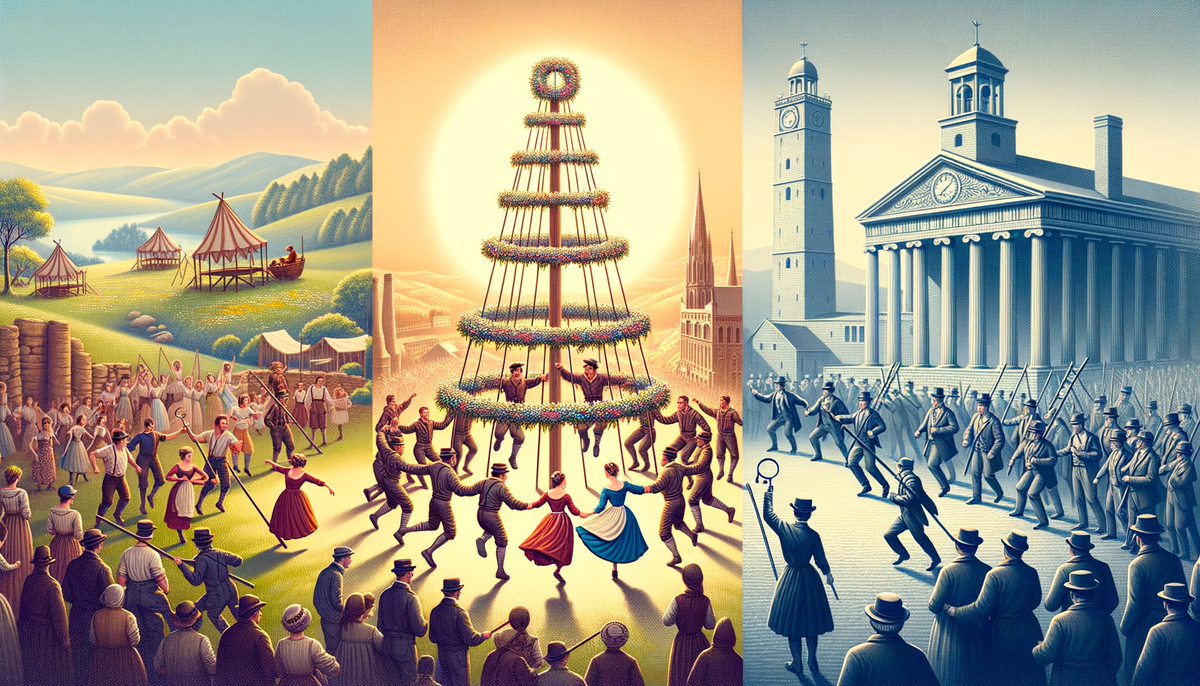Exploring the Depths of May Day History
Dive into the rich history of May Day, from its ancient origins to its role in the modern labor movement.

Exploring the Depths of May Day History
An In-depth Look into May Day History
May Day, celebrated on May 1, boasts a rich and varied history stemming from ancient celebrations, religious festivals, and the labor movement. It is renowned today as both a festive celebration of spring and a significant day for labor rights worldwide.
Ancient and Pagan Origins
The festival traces its origins to ancient times, where Romans engaged in celebrations such as Floralia, honoring Flora, the goddess of flowers. Celtic traditions celebrated Beltane, marking the commencement of summer with symbolic bonfires and festivities honoring the renewal of life.
Medieval and Early Modern Celebrations
Over centuries, May Day transitioned into a secular community celebration, featuring maypole dances and the crowning of the May Queen. However, its pagan roots sometimes clashed with medieval Christian authorities who were skeptical of its secular and nature-centric elements.
Labor Movement and Political Significance
In modern history, May 1 gained prominence as International Workers' Day. This arose from events like the 1886 Haymarket affair in Chicago, which underscored the labor movements fighting for fair working conditions, particularly the eight-hour workday.
Modern Observance
Today, May Day stands as a public holiday in many countries. While traditional rural festivities continue, urban areas often see it intertwined with political and labor movement demonstrations.
Practical Takeaways for May Day Professionals
For professionals in the historical and cultural sectors, May Day offers a rich tapestry of cultural intersections to explore. Leveraging this interest can enhance educational programs and public engagement efforts.
Conclusion
May Day uniquely combines ancient springtime rituals with modern labor activism, each element narrating a powerful story about societal values and struggles over time. This enduring duality of May Day's identity ensures it remains a significant cultural and social phenomenon worldwide.
Join us in further exploring the intricate fabric of May Day history and discover how these celebrations can inspire modern cultural and social initiatives.




